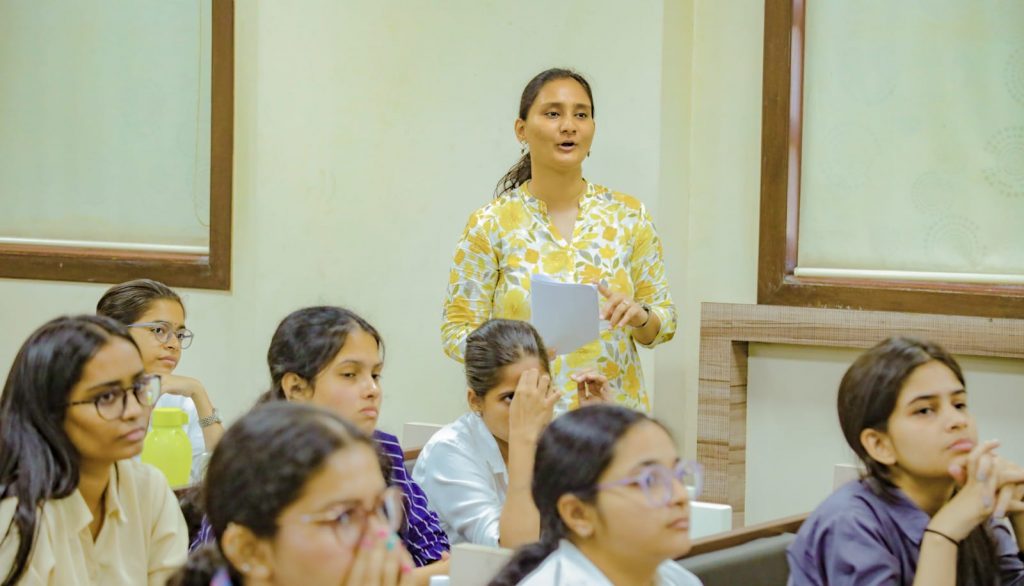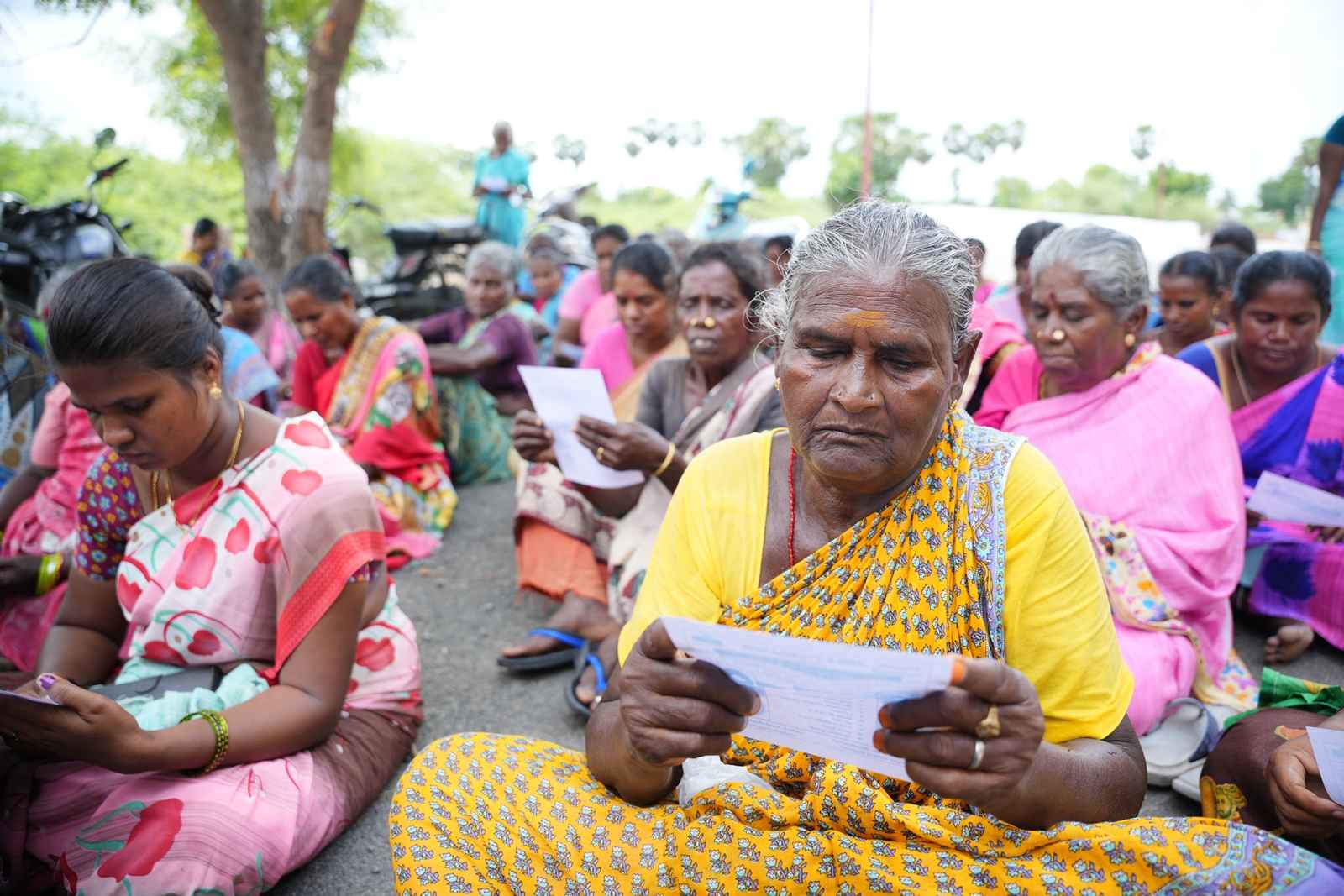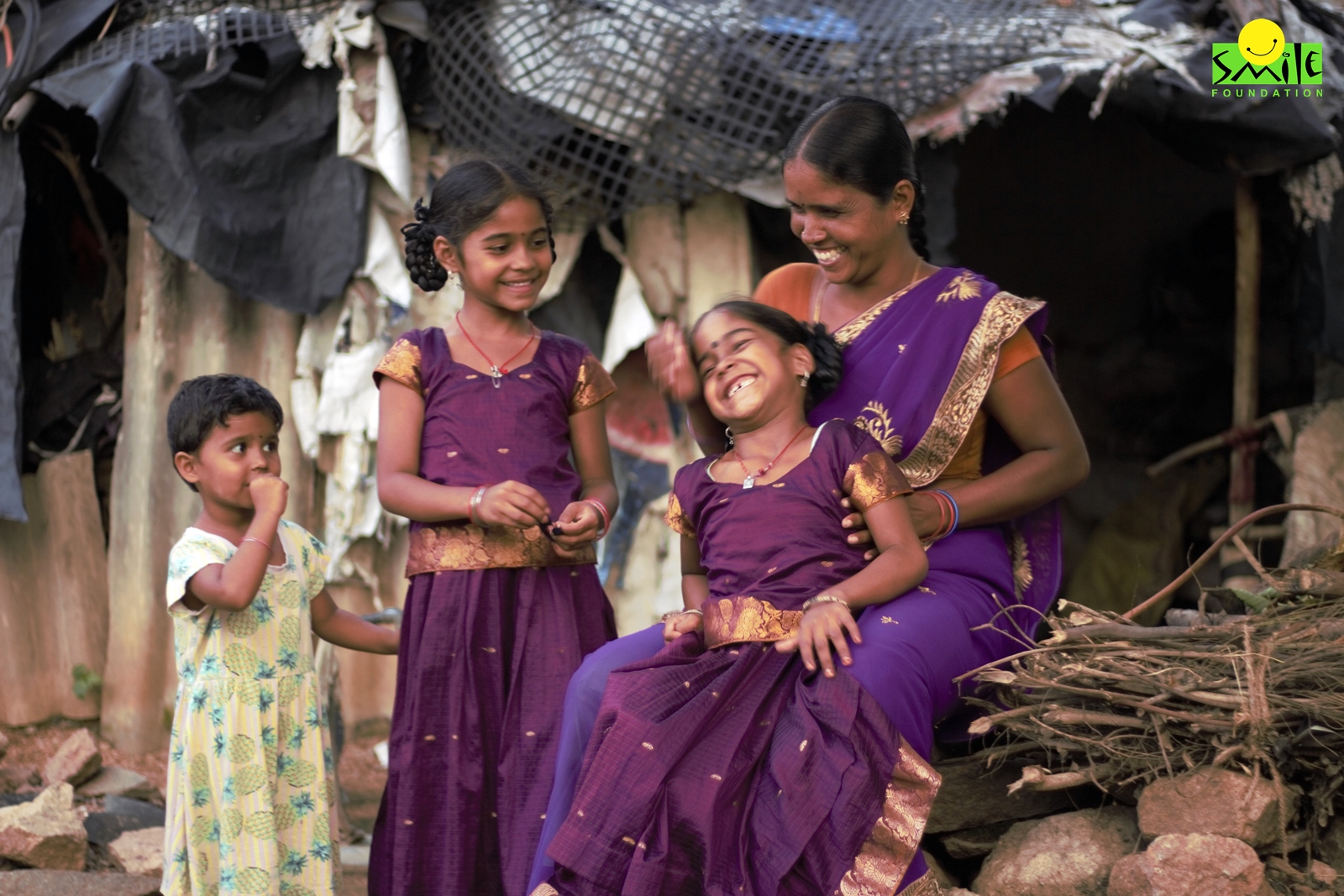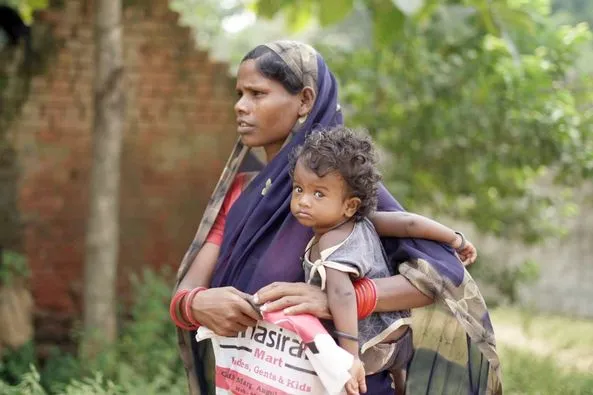While you read that title, what visuals pop into your mind? Are you reminded of your childhood mornings – of seeing your mothers and grandmothers engaged in morning household chores while fathers and other men in the family sipped on their freshly served hot tea and read the newspapers? Mothers and grandmothers also had their share of knowledge sharing, but only after they served the men. But what we talk about are tales from the past. It has been quite some time since that era of gendered roles “should have” passed. However, what continues is the trend to portray men and women in their gendered roles through our education system; a key tool of development.
The way we think is deeply rooted in what we read and write. Books, teachers, and our educational institutions are key in molding children into the citizens that they become, shaping their minds, beliefs, and perceptions that they carry throughout their lives. This can be pernicious if the concepts of sexism, misogyny as well as patriarchal values are being ingrained into impressionable young minds through textbooks and syllabi that continue to be taught to date and have been passed down through generations.
Sexism continues to plague our textbooks
According to a recent study by the Centre of Global Development, a US-based think tank, compared to books from the UK, US, Australia, and Sub-Saharan Africa, South Asian books promote the biggest male bias with language about accomplishment and hard effort, and the strongest female bias when it comes to physical appearance and domestic chores.
It is no news how sexism in Indian textbooks has been a persistent political problem for years. Our textbooks not only follow the gender stereotypes to the ‘T’ but also reflect patriarchy in all its abundance, lacking an equal representation of men and women even in illustrations.
It has been over three decades since the National Council of Educational Research and Training (NCERT) criticised Narendra Nath Kalia’s groundbreaking work, Sexism in Indian Education: The Lies We Tell Our Children, which documented gender bias in textbooks in the late 1970s, for being sensationalist. Nearly 30 years later, in 2017, the Indian Minister of Education called for “appropriate action” when the NCERT carried out a similar book survey to uncover sexist and gendered appropriation in textbooks. Now, one of the most recent reviews of NCERT books released between 2020 and 2022, shows that there hasn’t been much progress made in shattering the narrative. The review discovered that just 34% of gendered words (such as “he” or “she”) in NCERT texts are female, while 66% are male.
Several reading materials and a selection of texts by NCERT reinforce a lot of blatant chauvinism. For example, the story “Resignation,” from English Rapid Reader, mostly for senior school, describes the misery of a clerk’s life: “There was disappointment and defeat all around him. He had no son but three daughters; no brother but two sisters-in-law.” The content of the text goes further to valorise outlawed customs like sati and jauhar. Further, the NCERT includes a story titled “Dear Departed,” by Stanley Haughton, in the English Supplementary Reader: “What is the basis of human relationships? Love. We have heard innumerable stories of a wife jumping onto the funeral pyre of her husband, for life without him is unthinkable for her. It usually takes a tragedy like death to bring out these latent qualities in relationships.”
Similarly, soldiers, medics, and politicians are portrayed as men in the environmental studies textbook, which is often taught in the fifth grade, while cooking and cleaning are associated with female responsibilities. In terms of percentage, 20.06% of the illustrations feature the roles and responsibilities of women, whereas over half feature men.
The Hindi tale “Bade Ghar ki beti,” which is part of the ICSE curriculum, illustrates another problematic lesson. This story conveys that a family without males is tragic and disappointing. In the classroom, these courses reinforce the notion that women are inferior, ensuring that students are indoctrinated into gender-based prejudices and conditioned to behave in ways dictated by patriarchy.
This is why investigating the content of school textbooks is important: They impart lasting lessons to young students. Most textbooks perpetuate and reinforce gender stereotypes by cementing prejudices, such as portraying men as heroic and strong-willed. At the same time, women are positioned as demure caretakers whose purpose almost always seems to be only to act as background fillers.
Shattering gender biases goes beyond textbook teaching
Gender equality in education is about actively promoting fairness in teaching and the education system. It’s not only about removing gender discrimination in schools but also about making sure both boys’ and girls’ experiences and needs are considered in all aspects of education. This helps them break free from traditional gender roles.
Today, our girls and boys remain the victims of gender stereotypes in text and resource materials. They are also victims of unintended or sexist behaviours in many ways in institutions. Training teachers who promote gender equality is crucial to making real change in schools. Gender roles are shaped by society and contribute to inequality in teaching and learning. While more women are receiving education, and there have been improvements in how females are treated in classrooms and learning materials, it’s too soon to say the problem is solved. Gender bias in education is still an issue that needs attention.
Breaking gender stereotypes in classrooms
Breaking gender stereotypes in classrooms is a continuous effort that takes dedication, teamwork, and persistence. By creating a learning environment that promotes equality and respects individual choices, educators can help students overcome societal barriers and reach their full potential. With this goal in mind, Smile Foundation’s She Can Fly campaign is designed to support girls by providing quality education, scholarships, and career opportunities. Through these efforts, Smile Foundation is making a lasting impact, helping girls break gender biases and build a brighter future.









